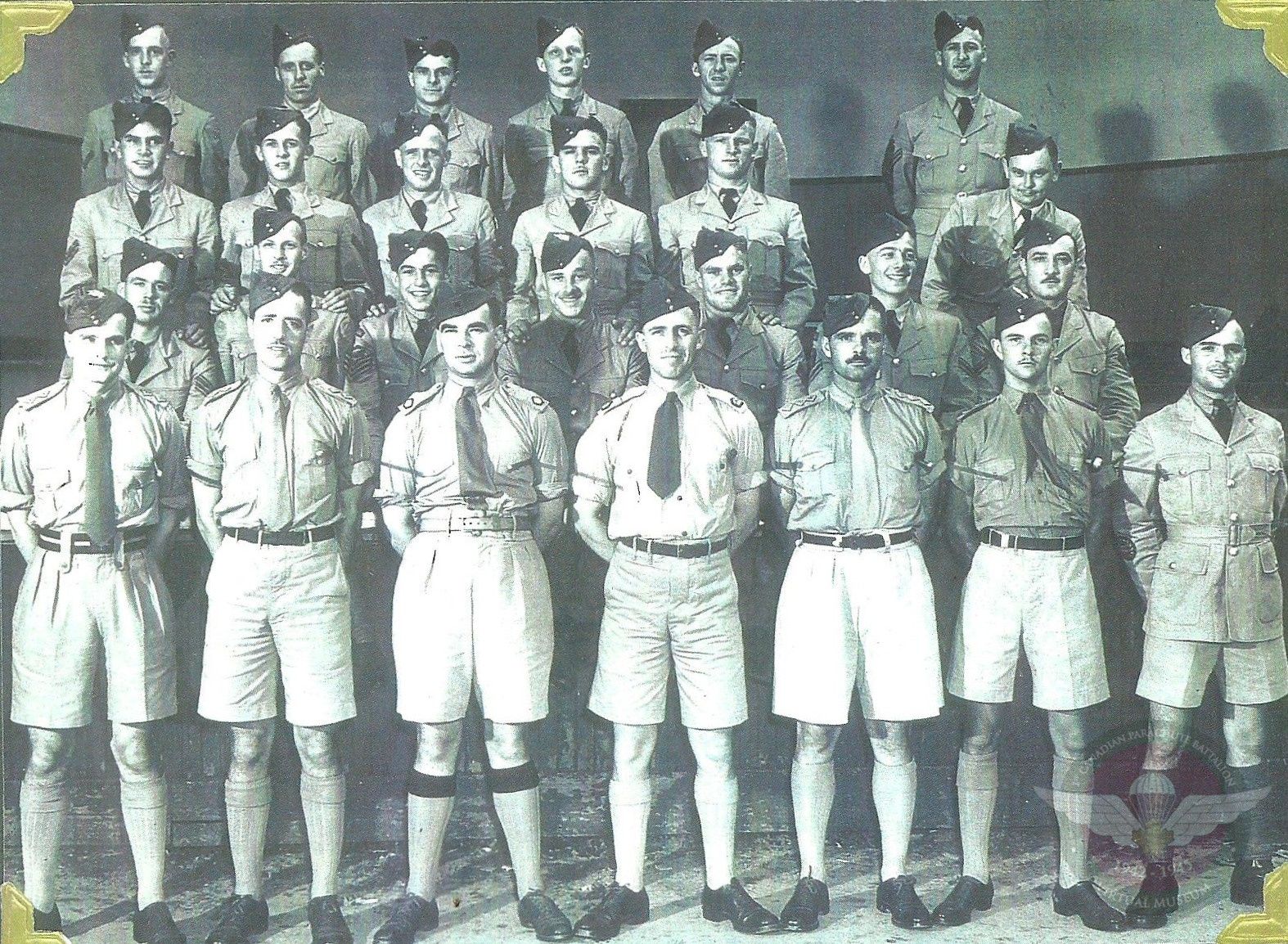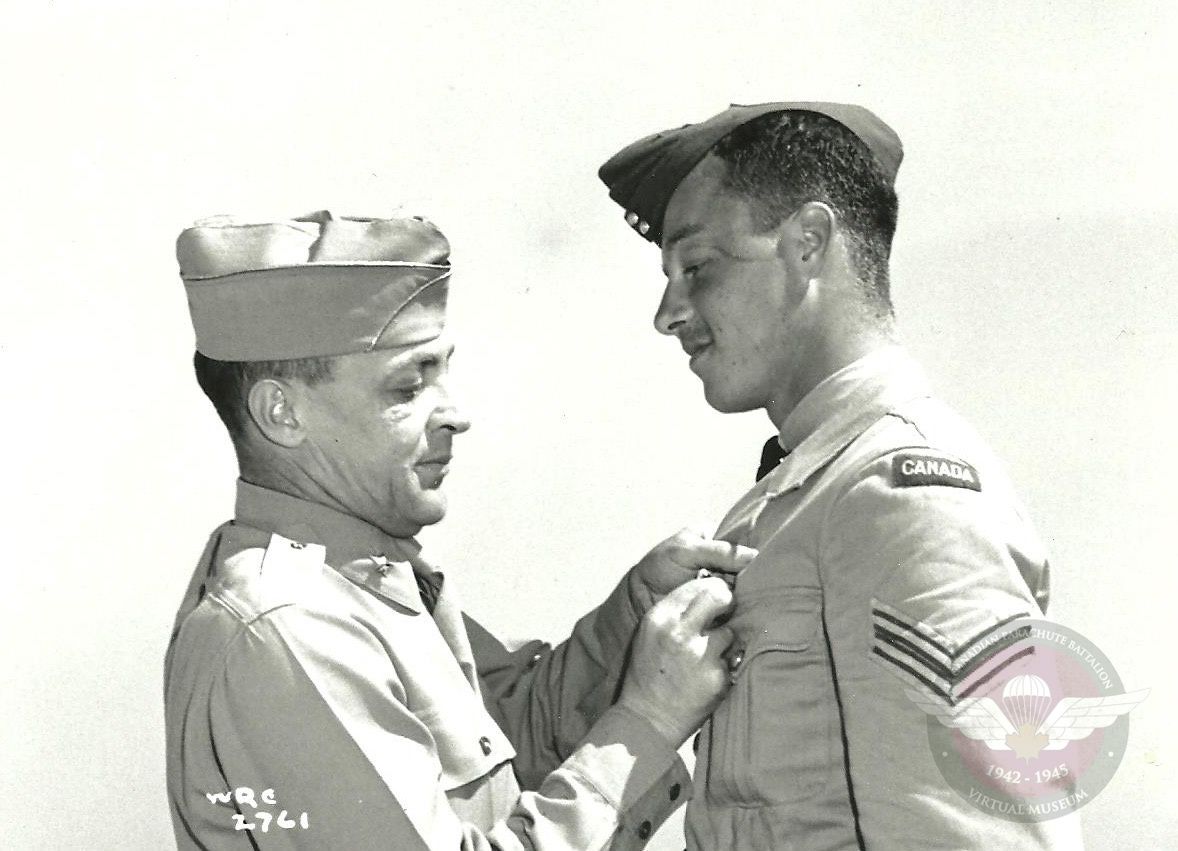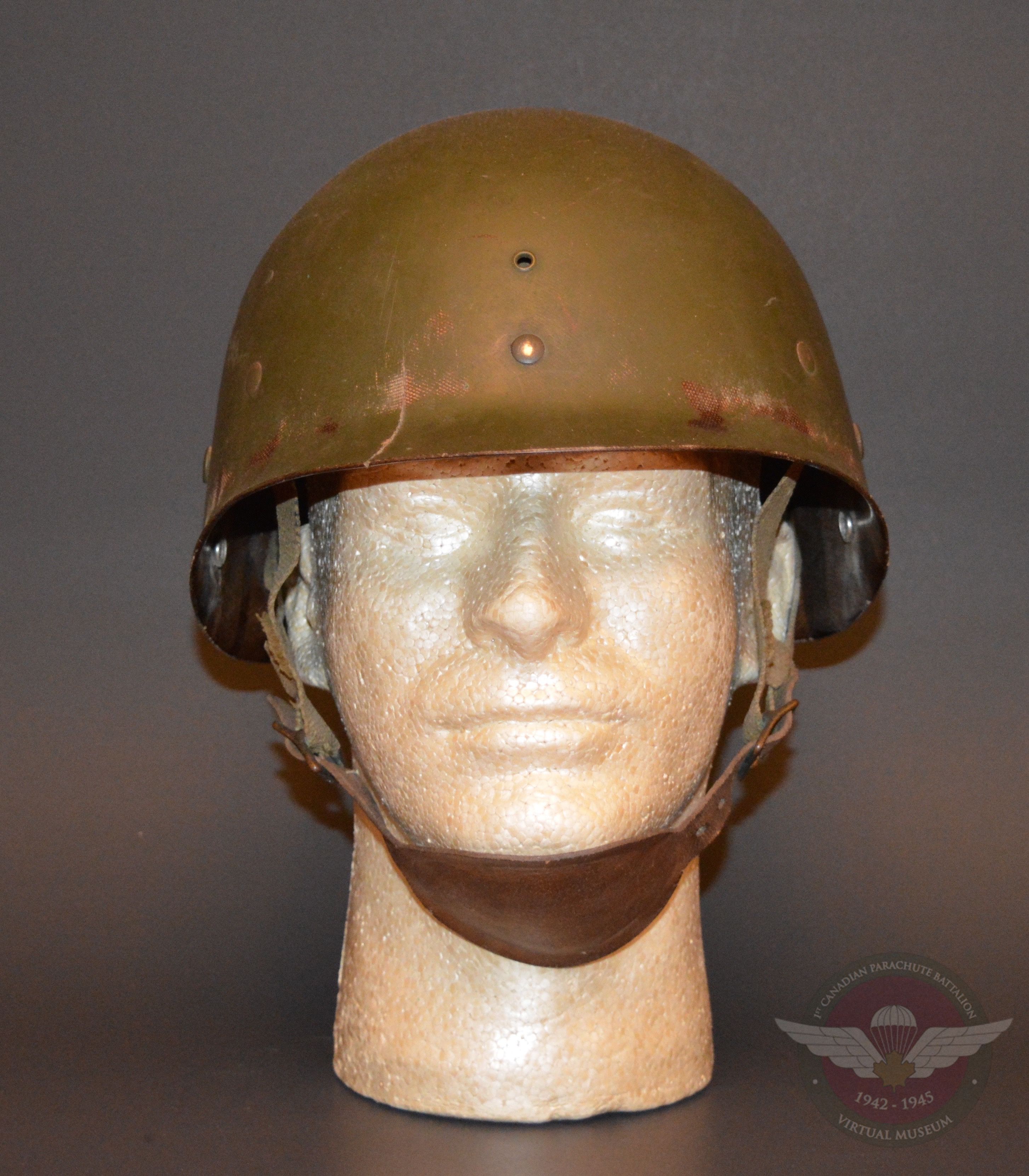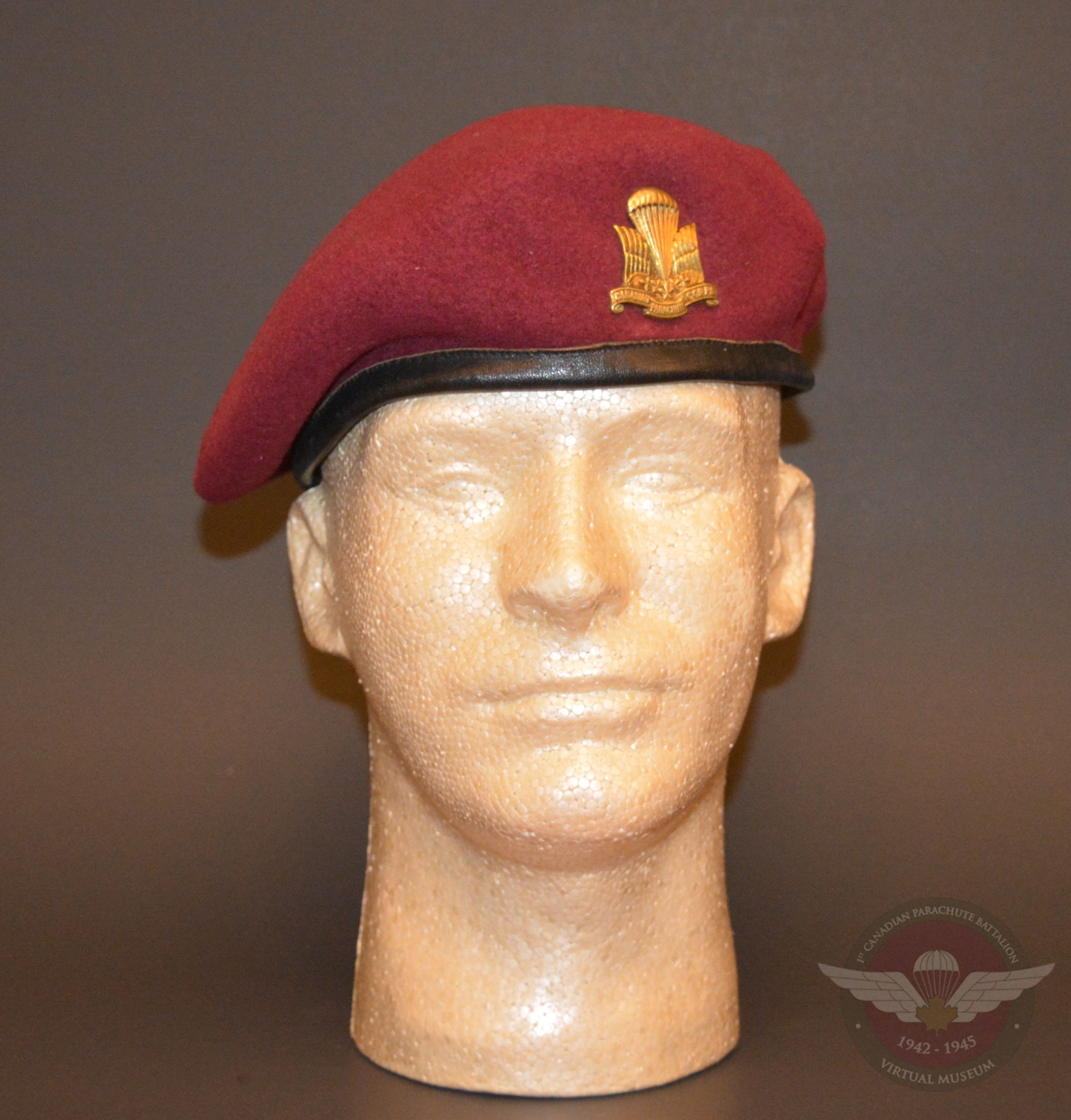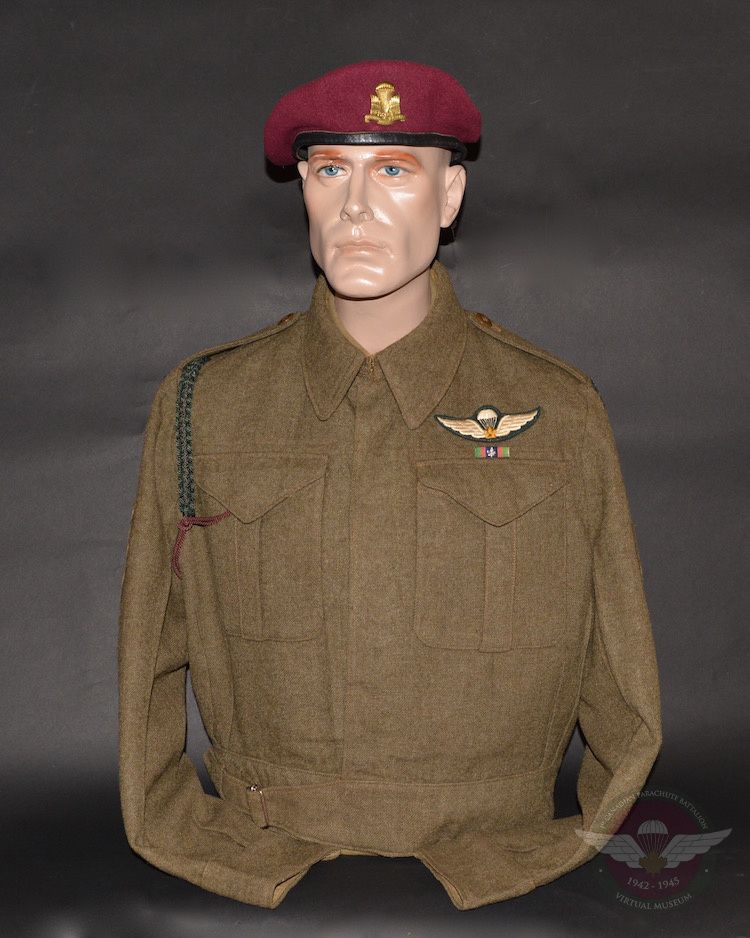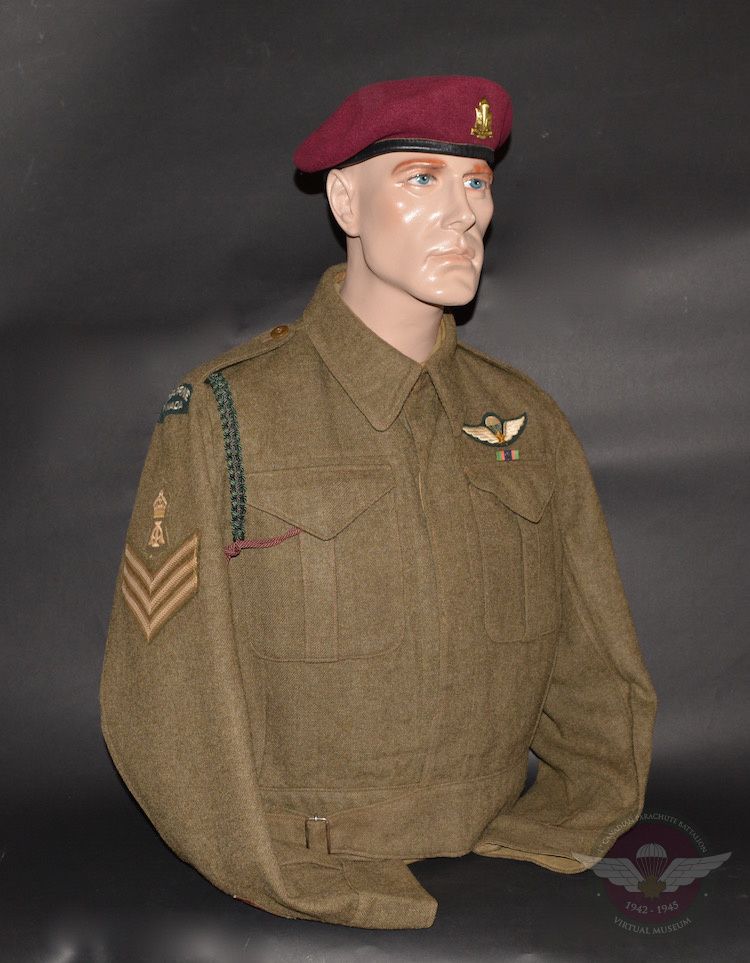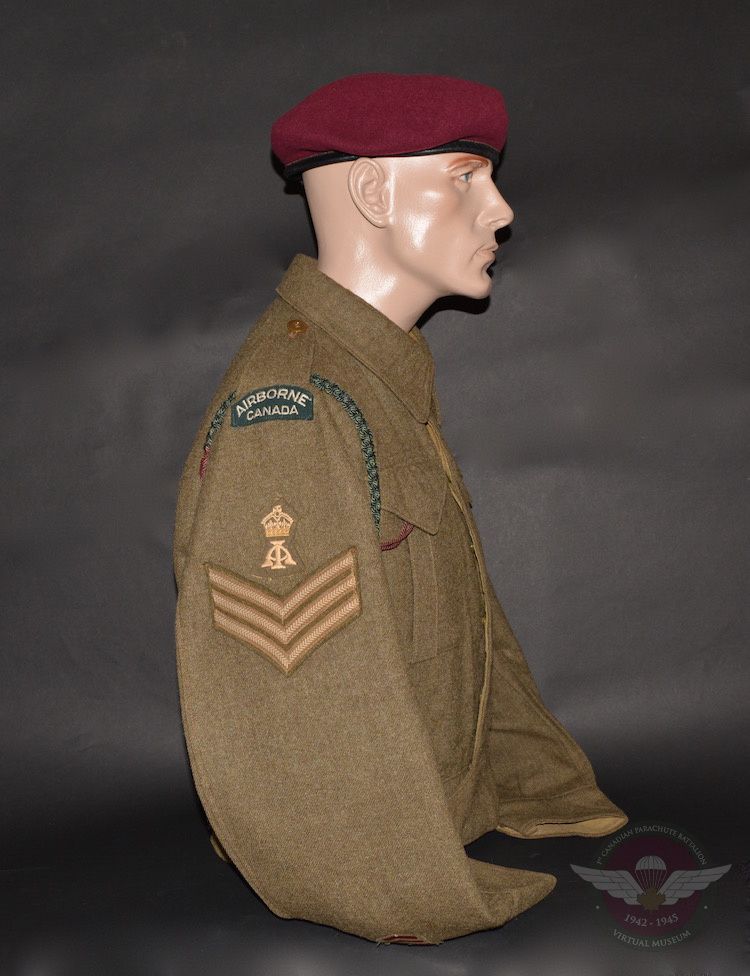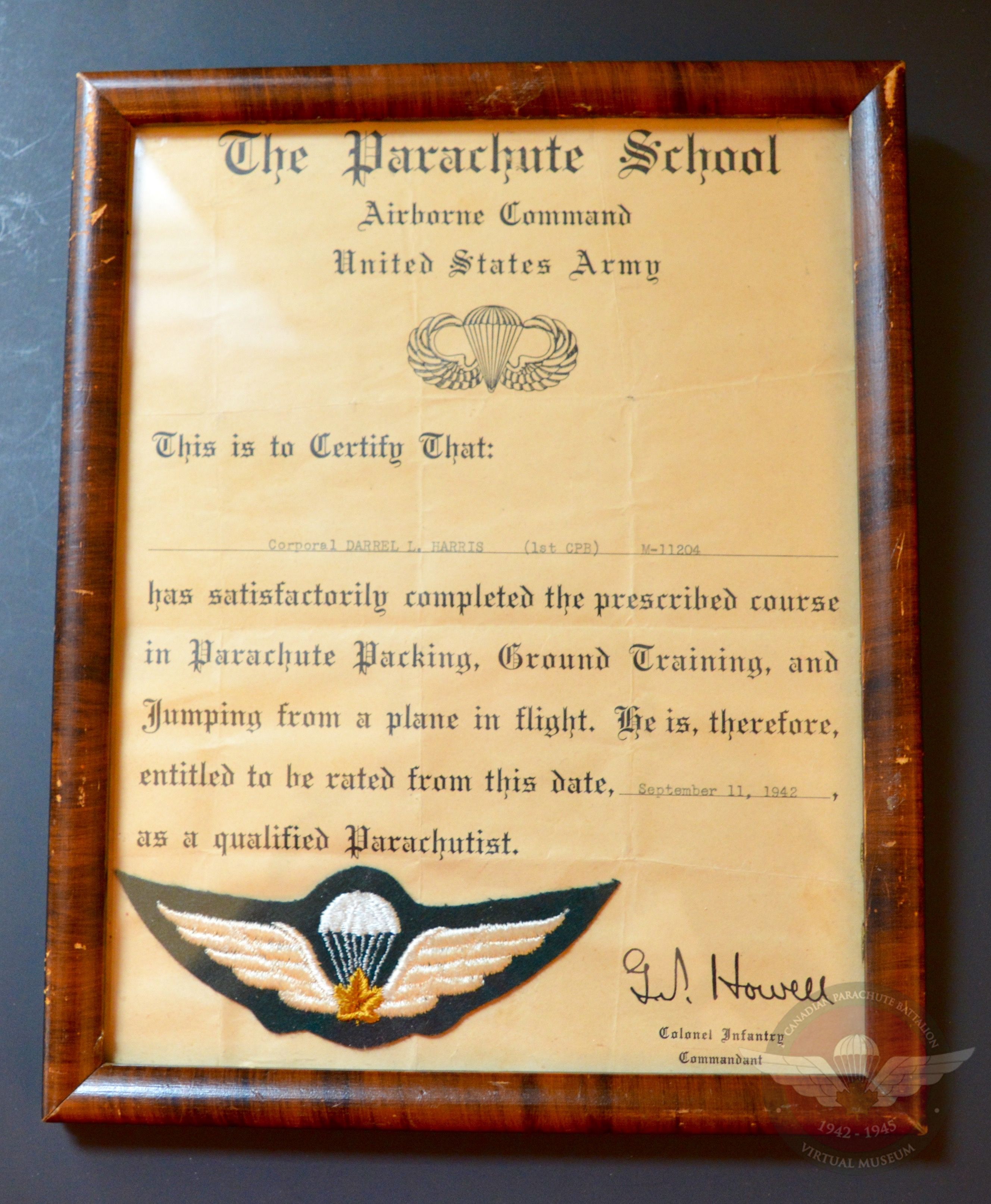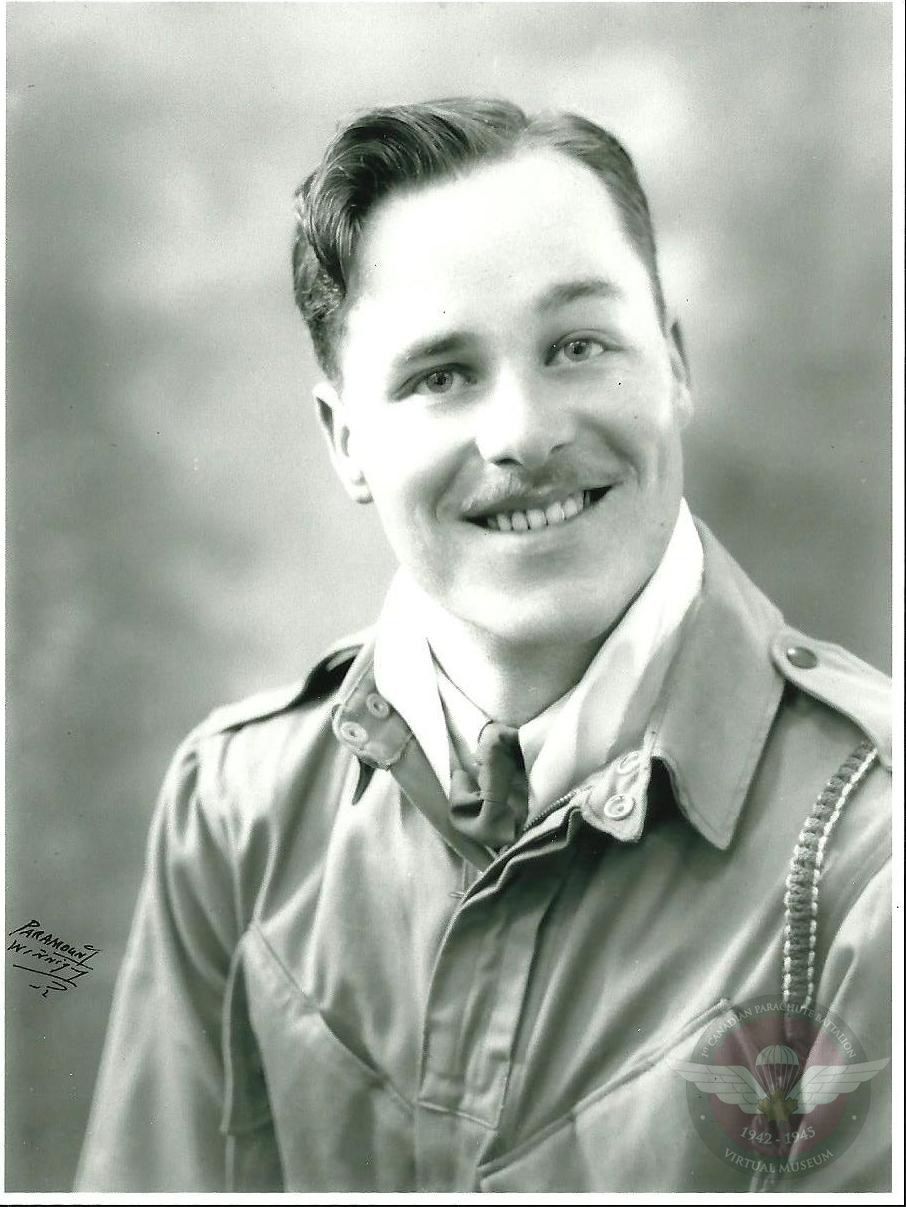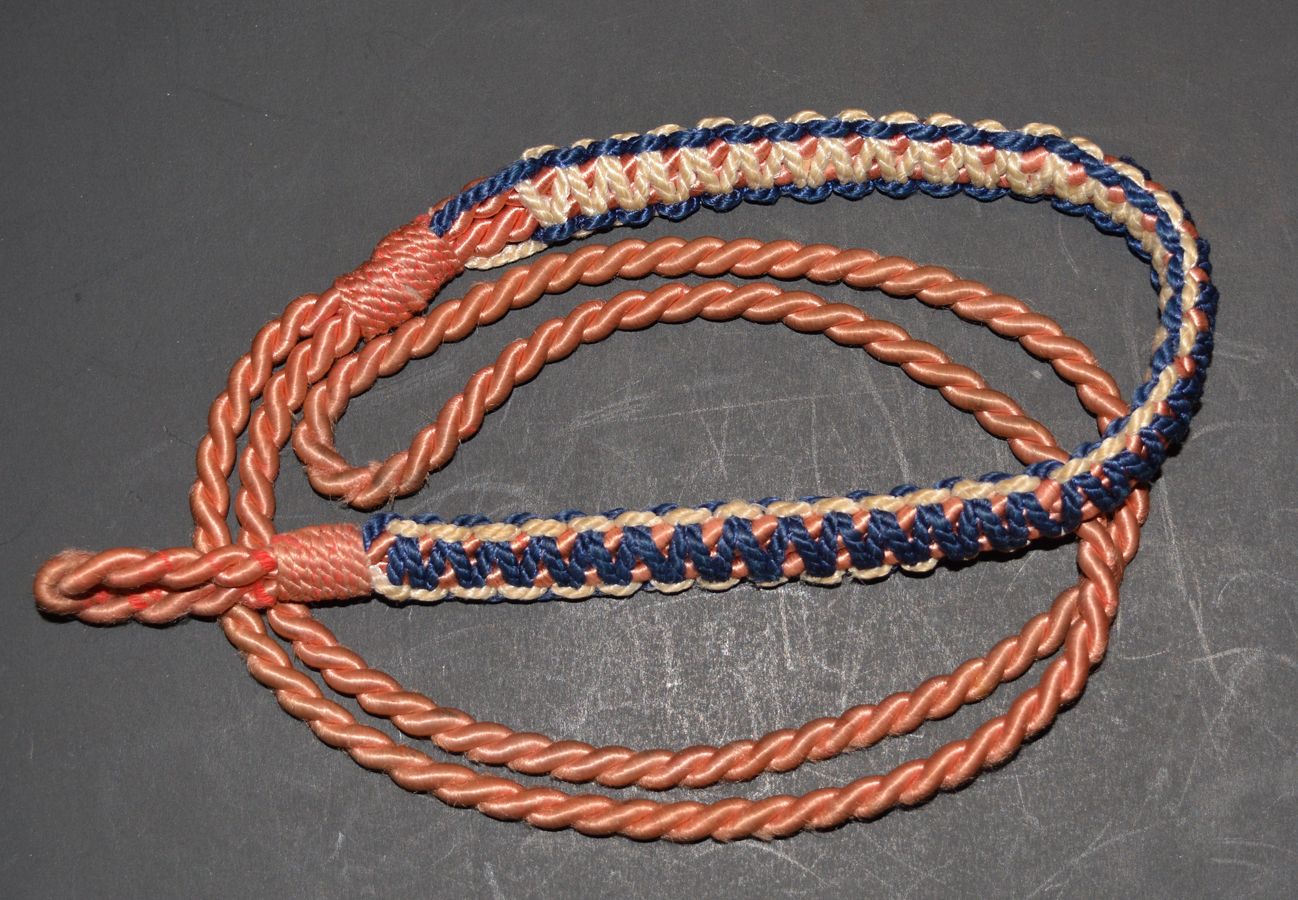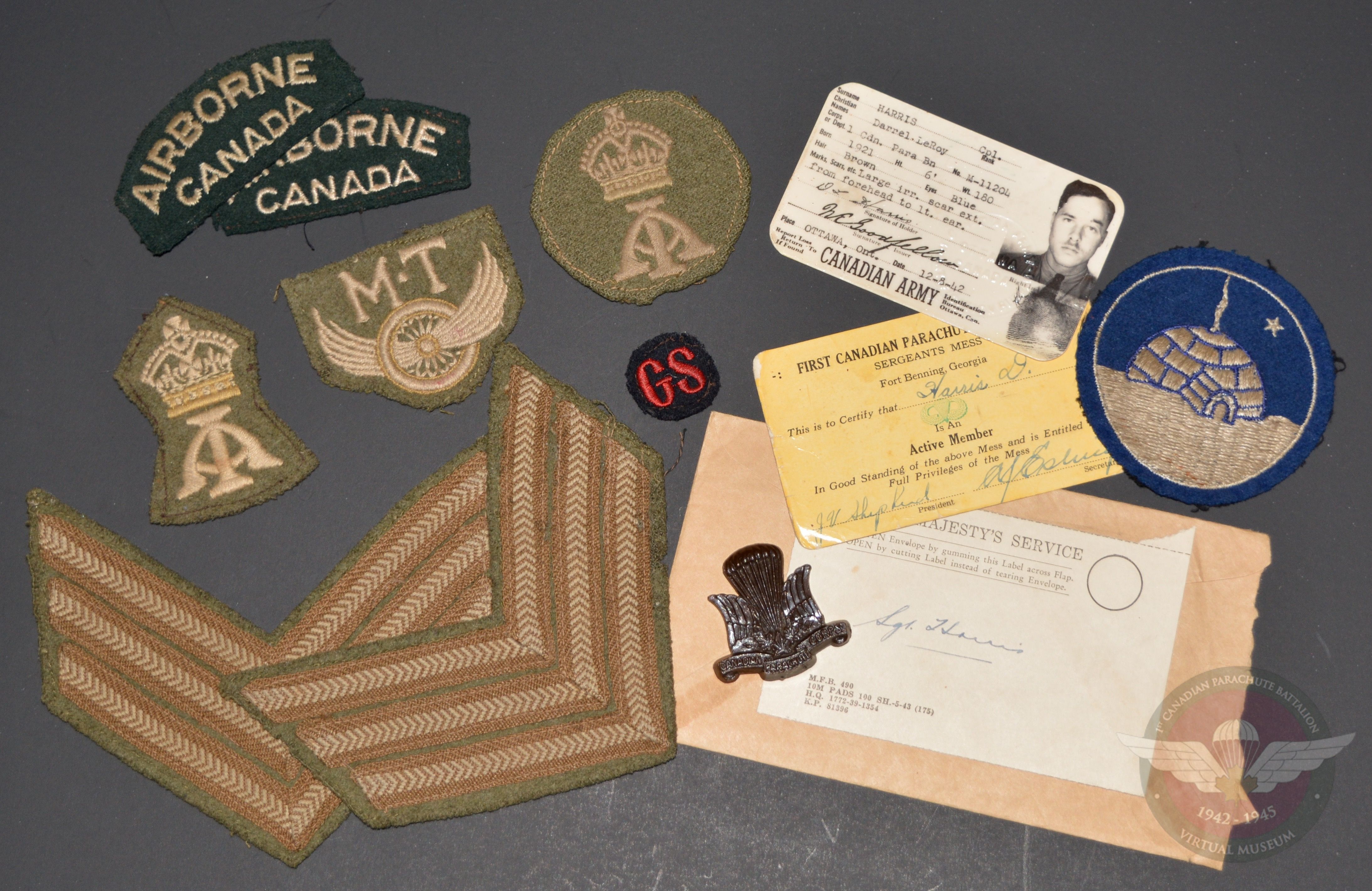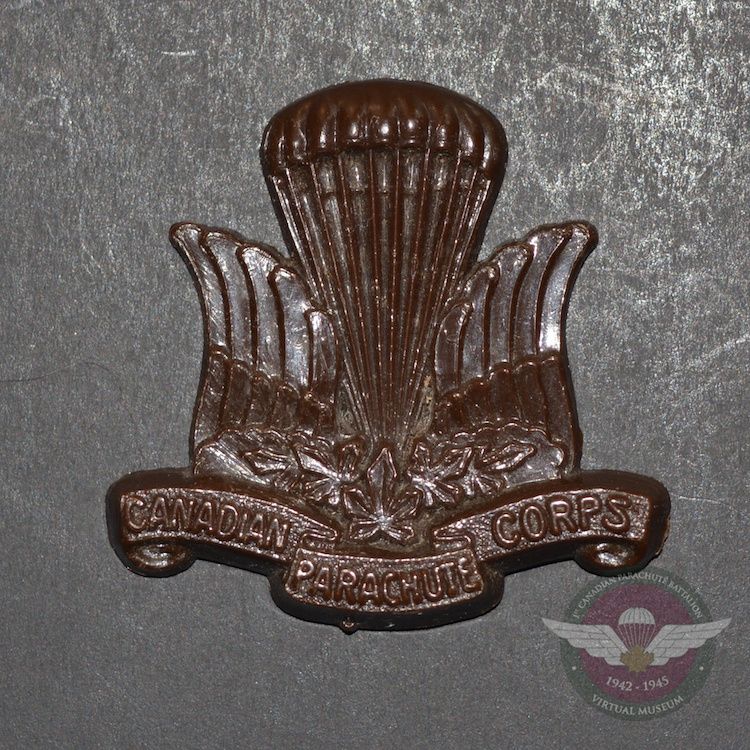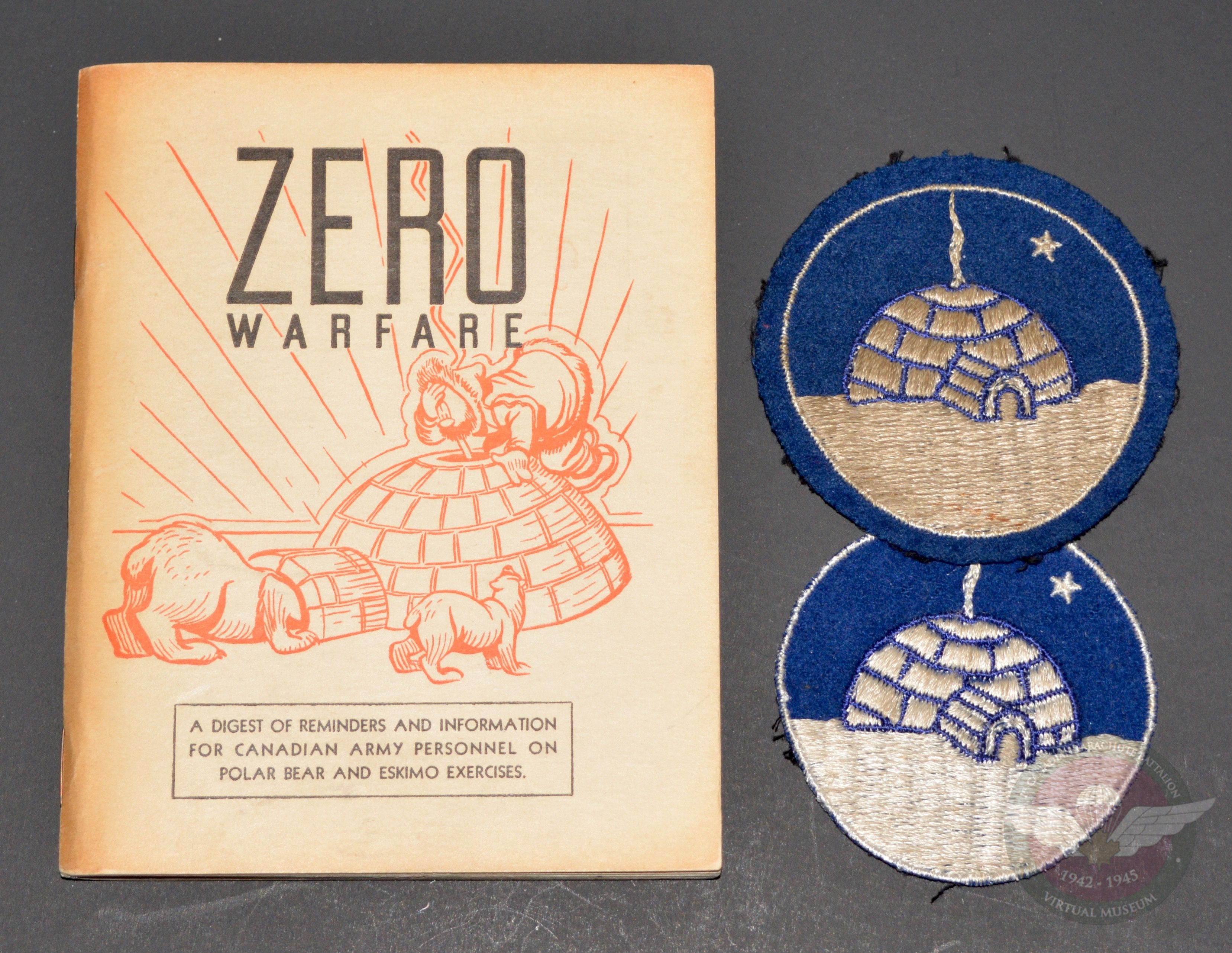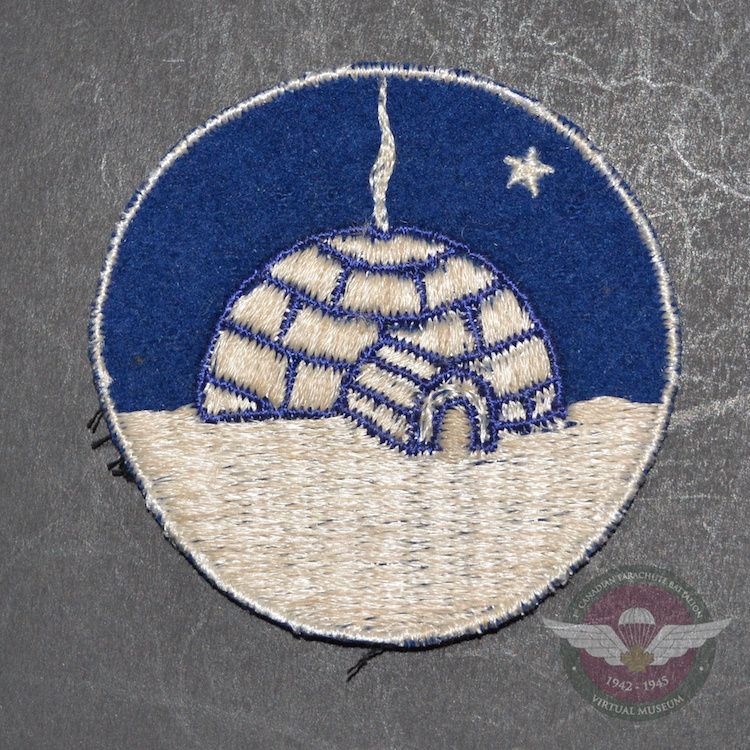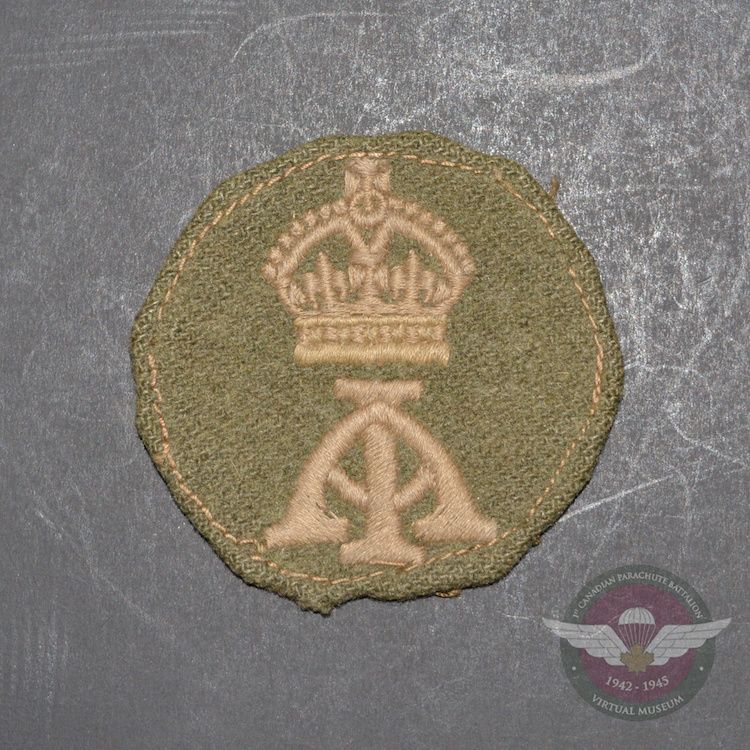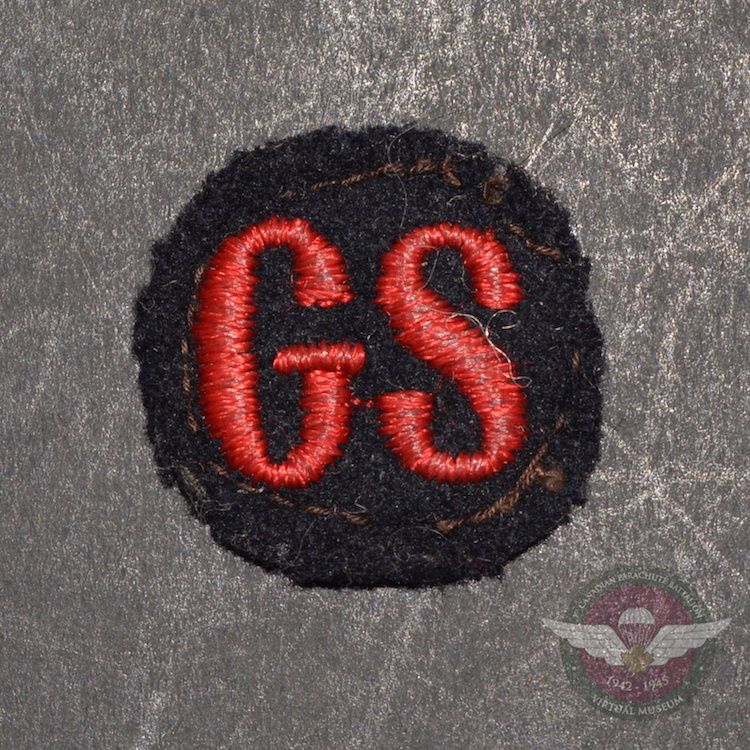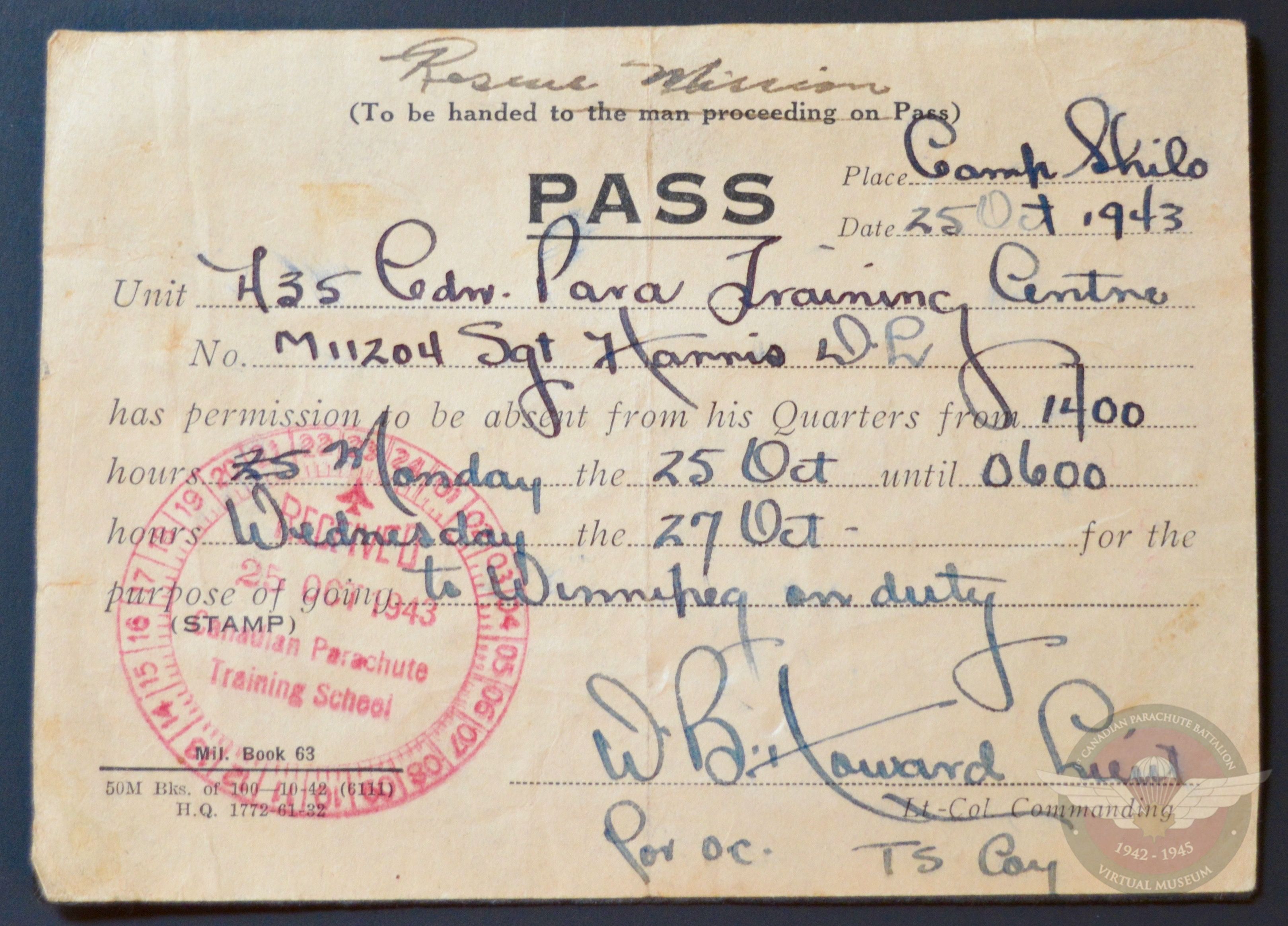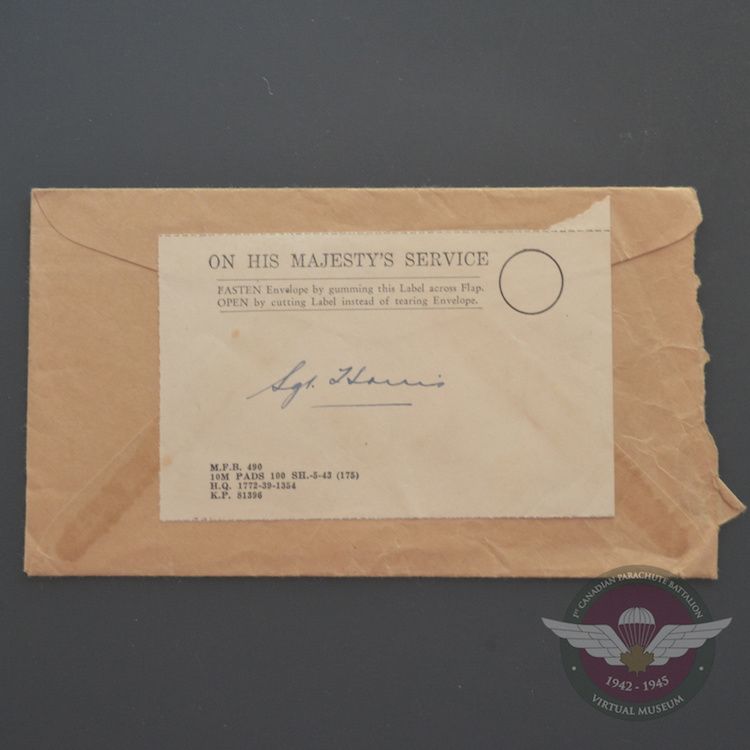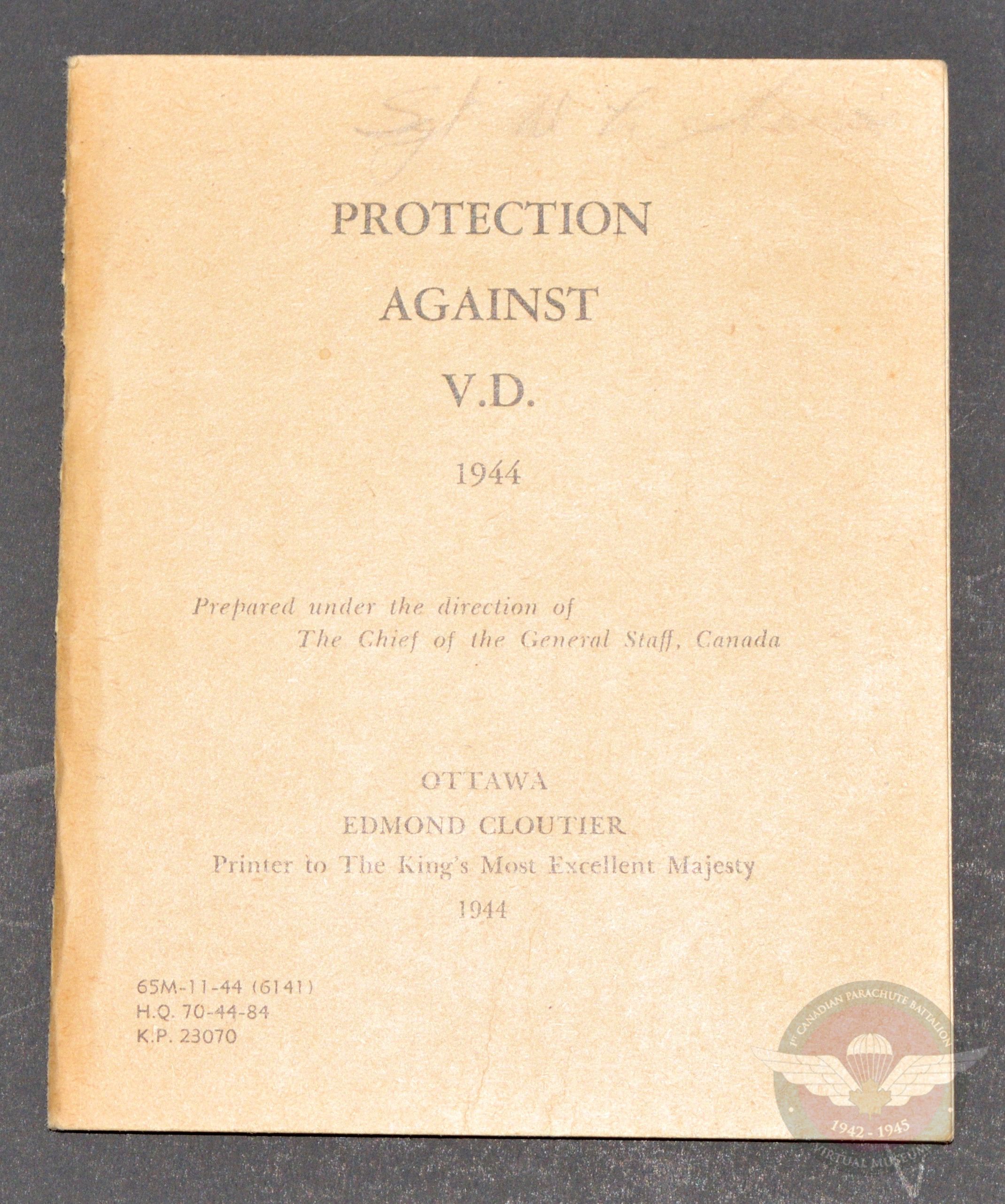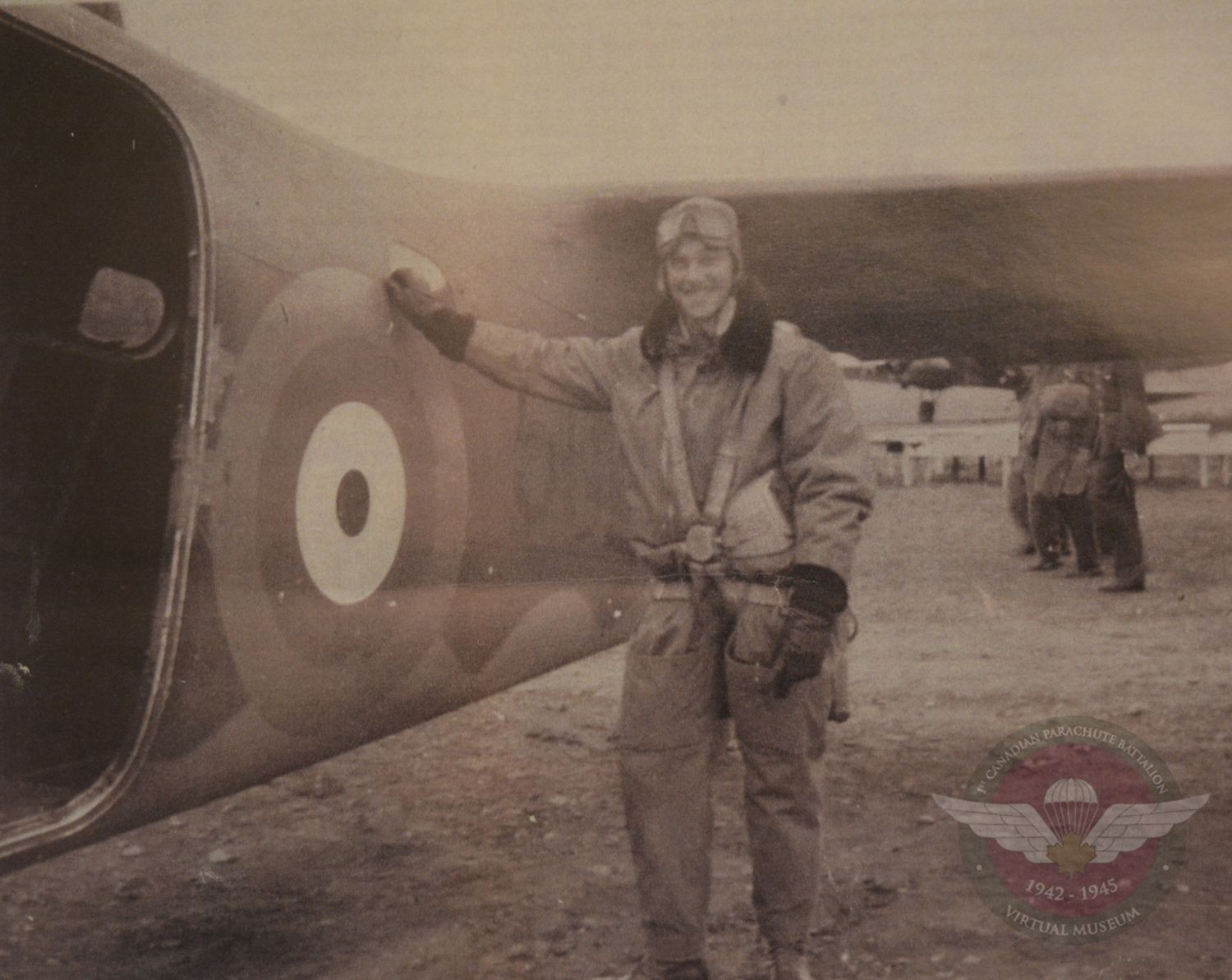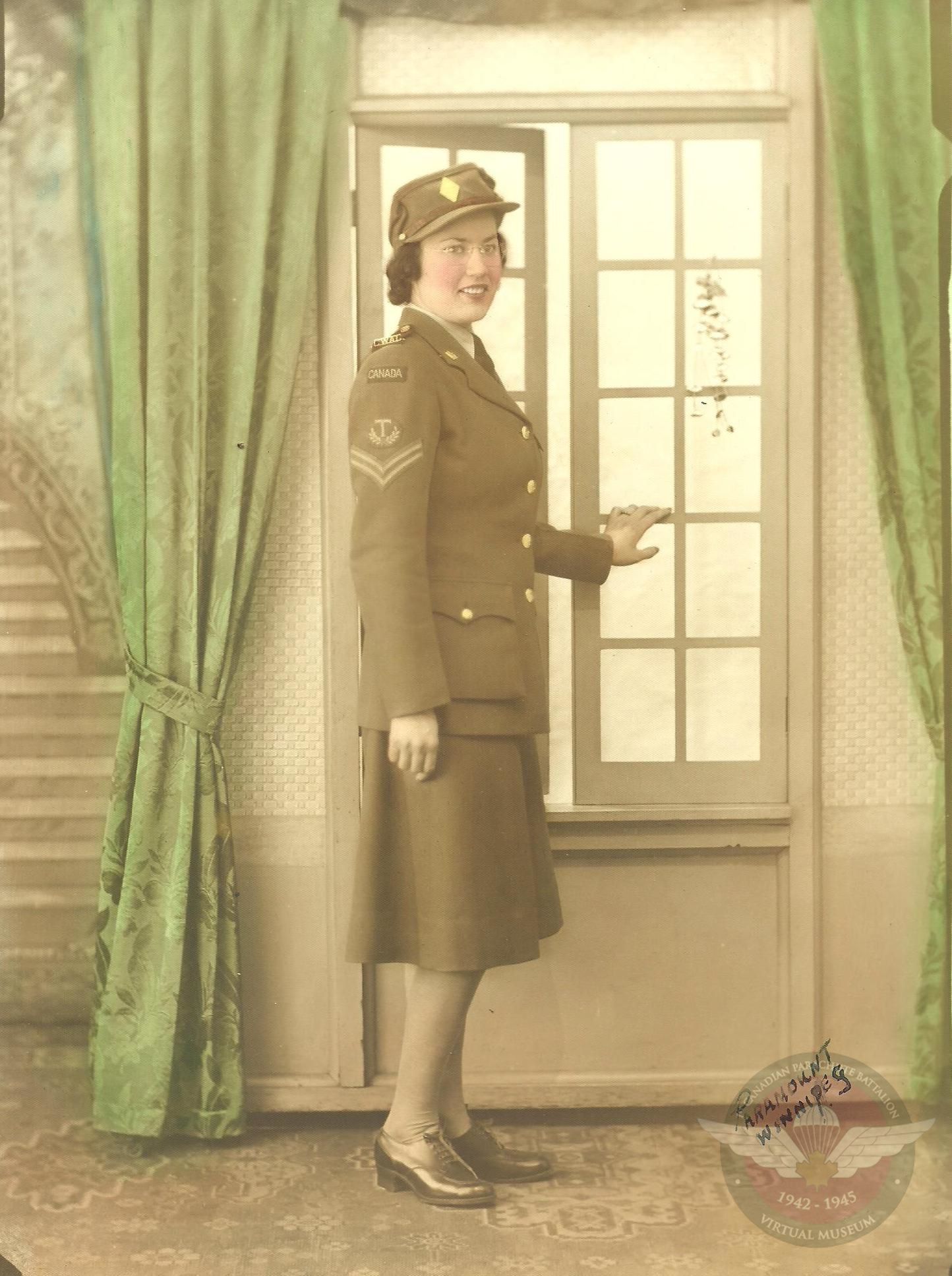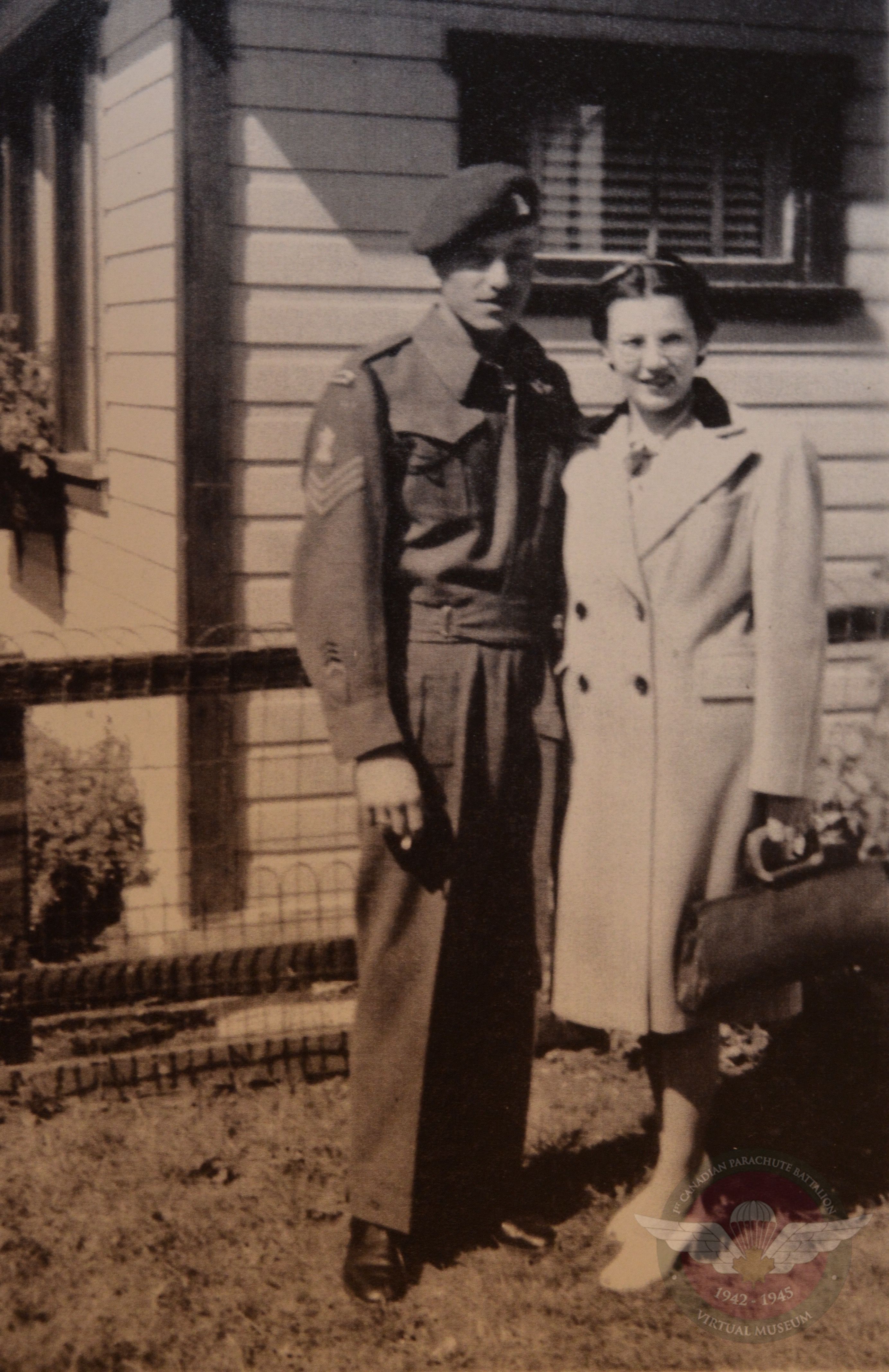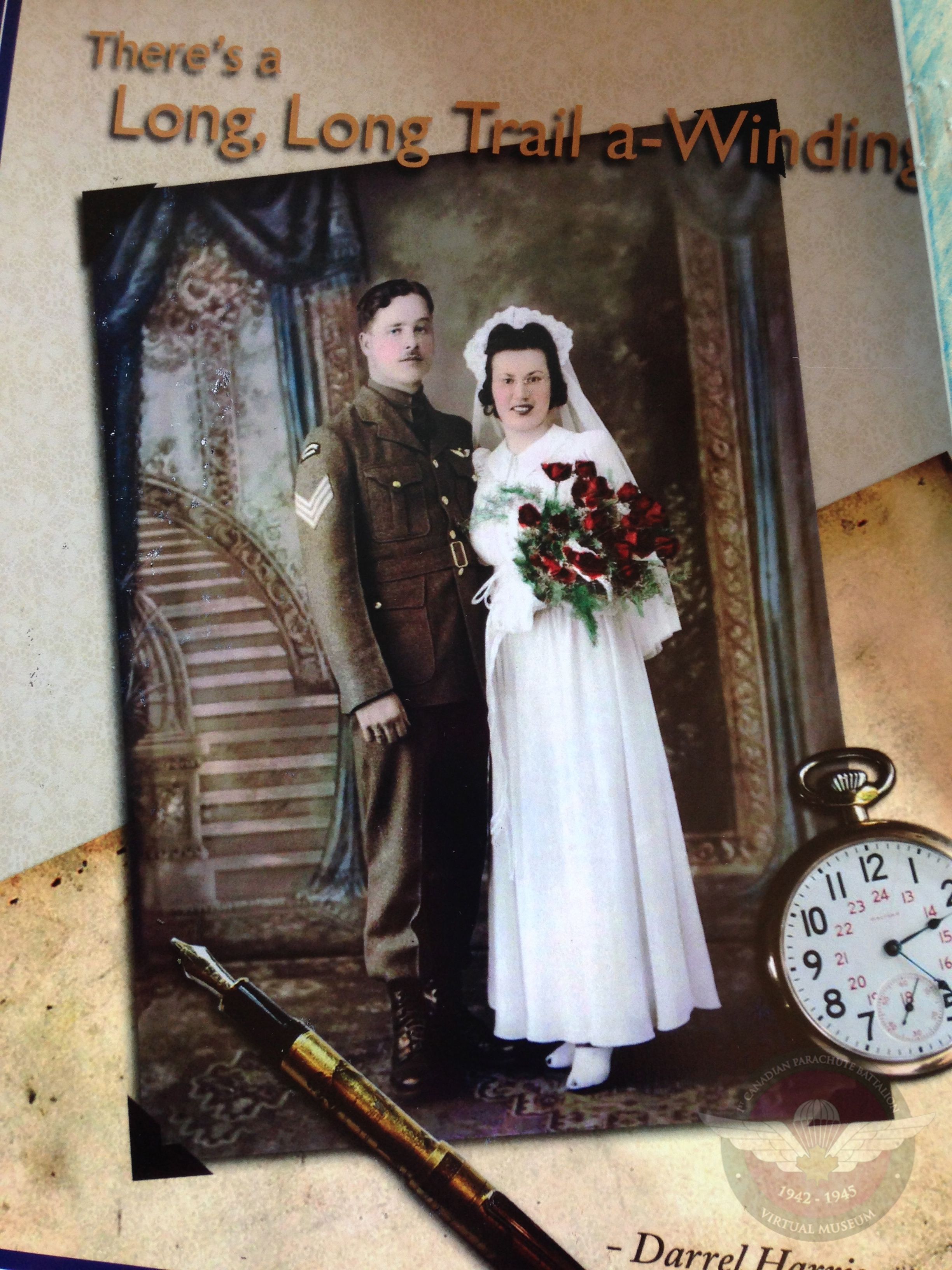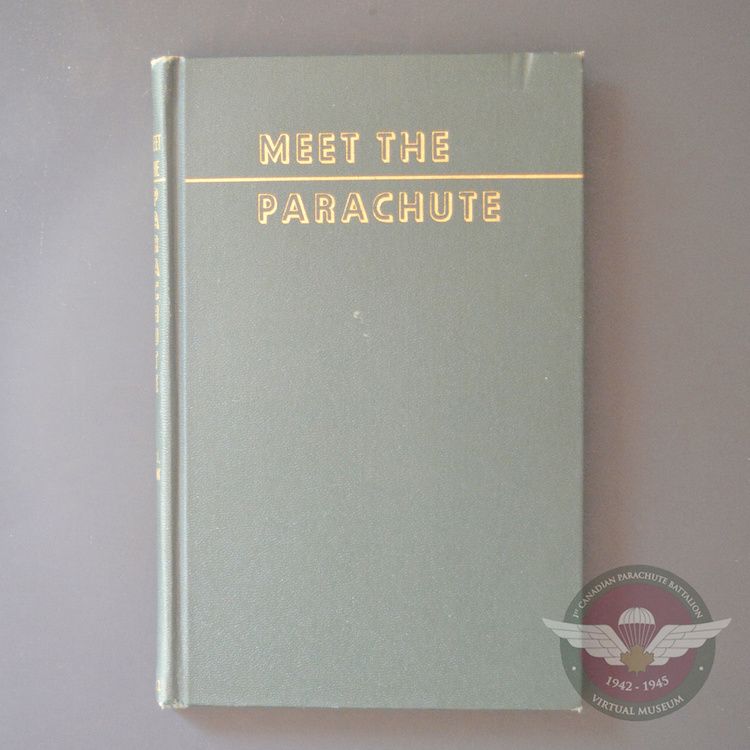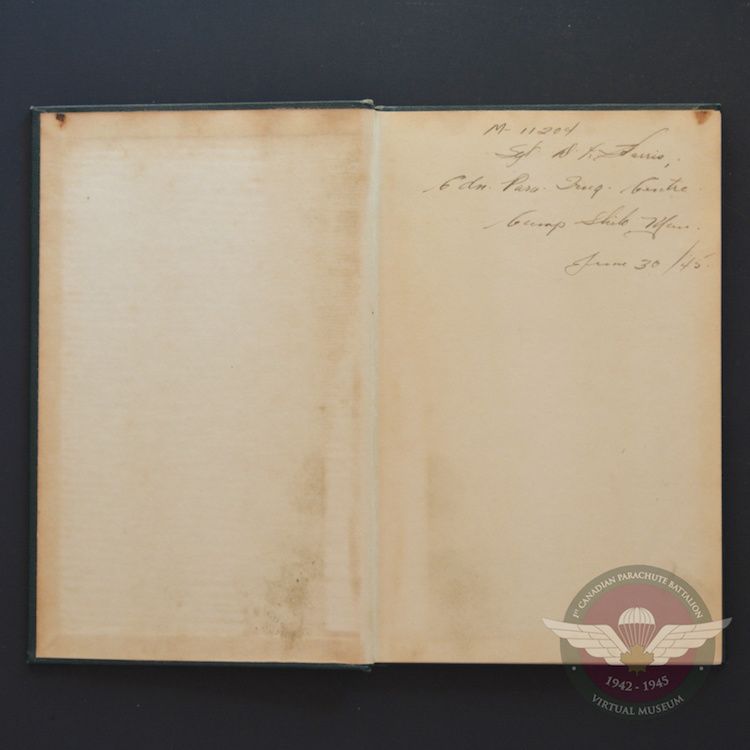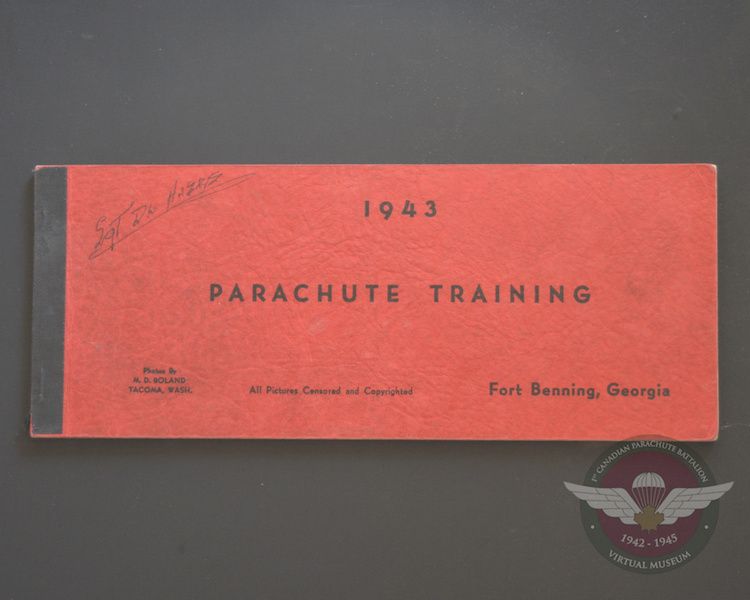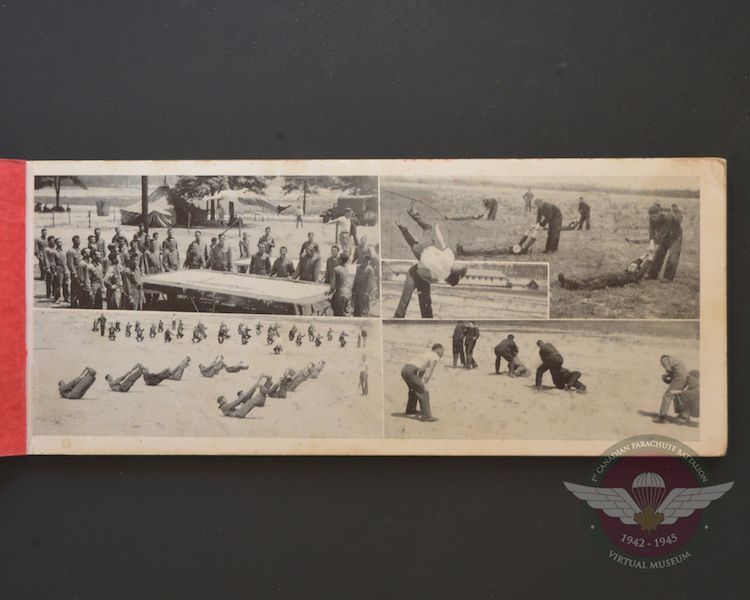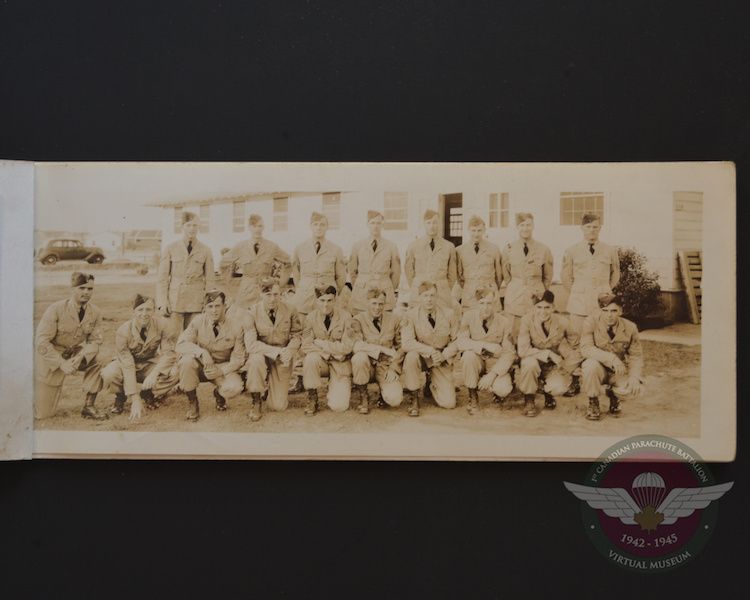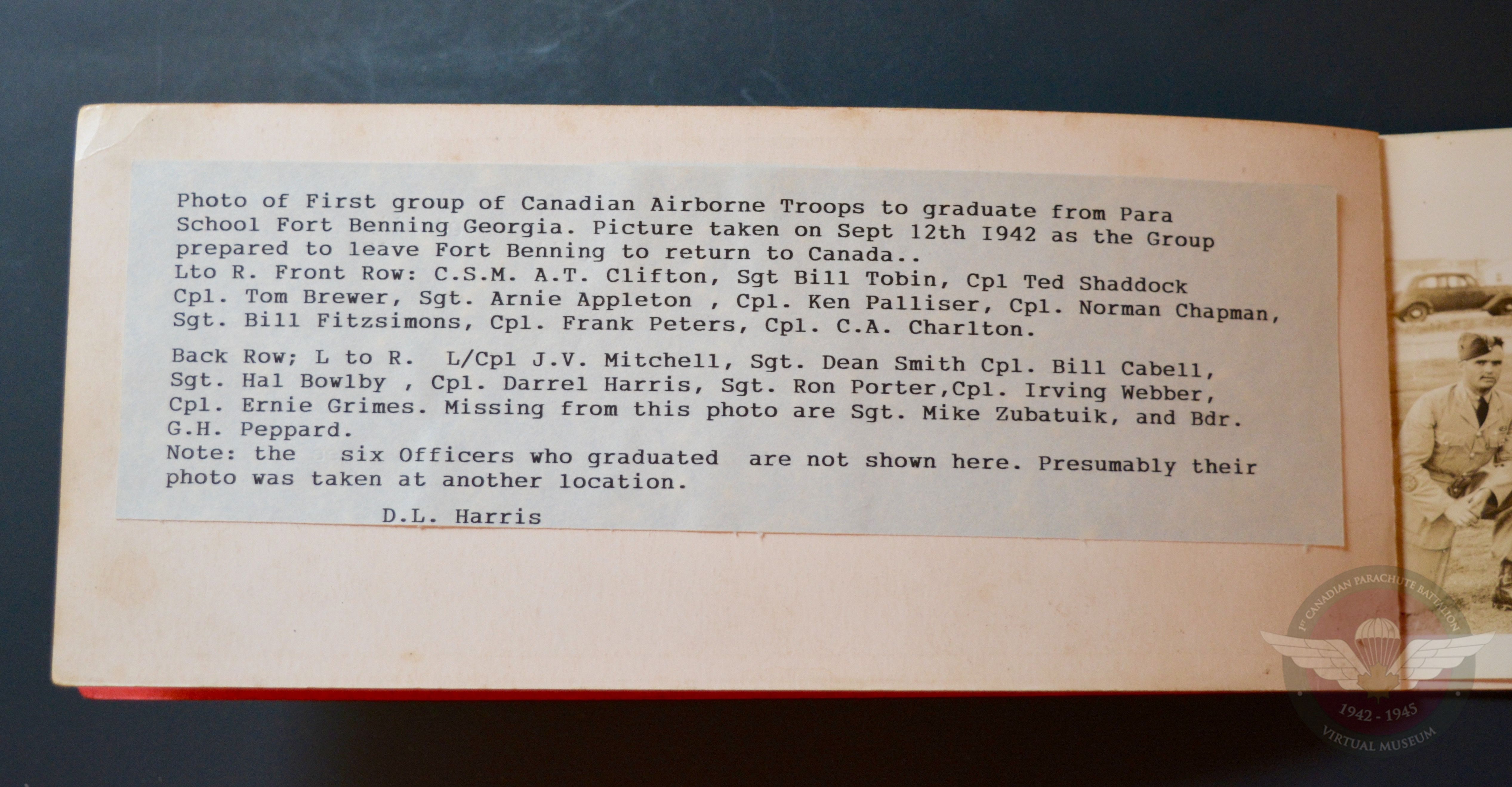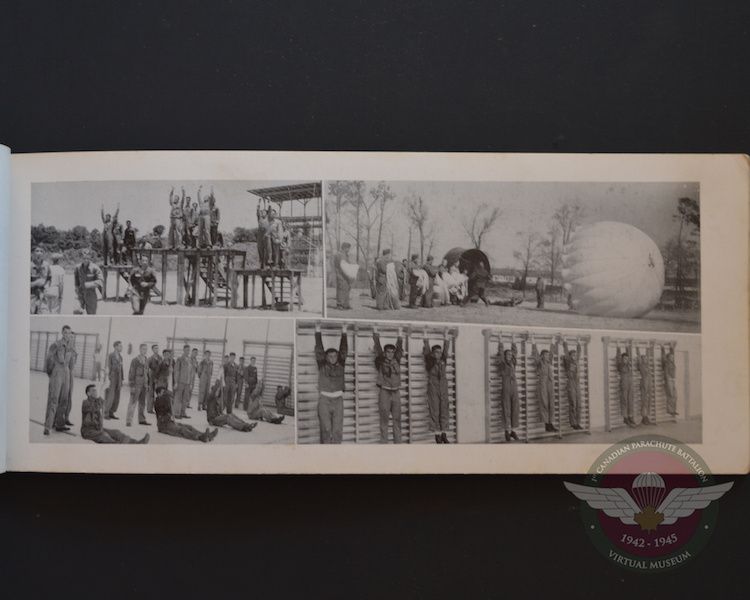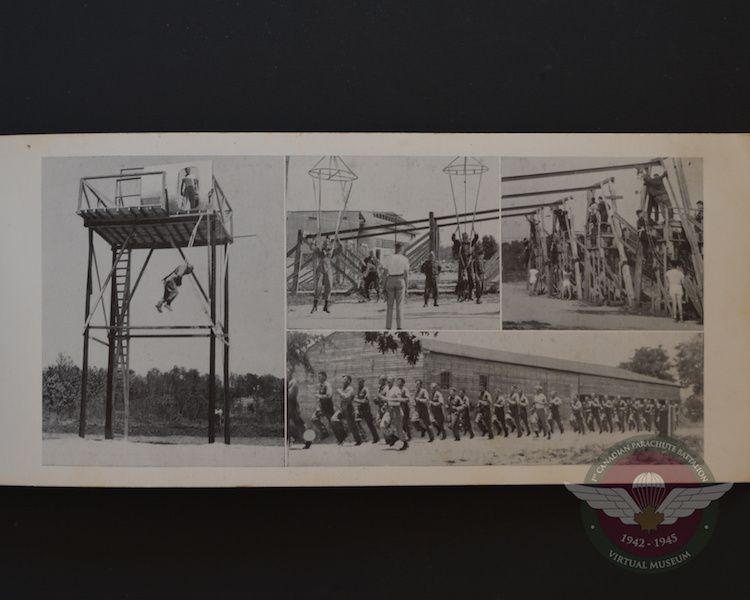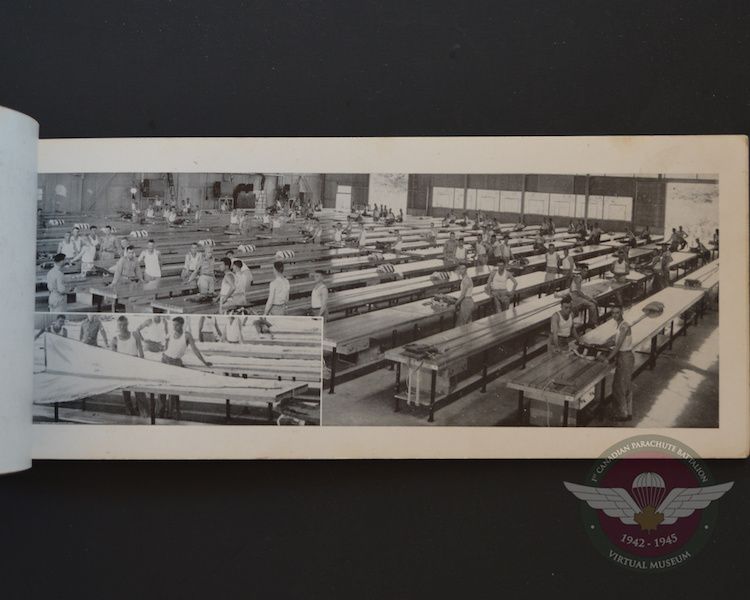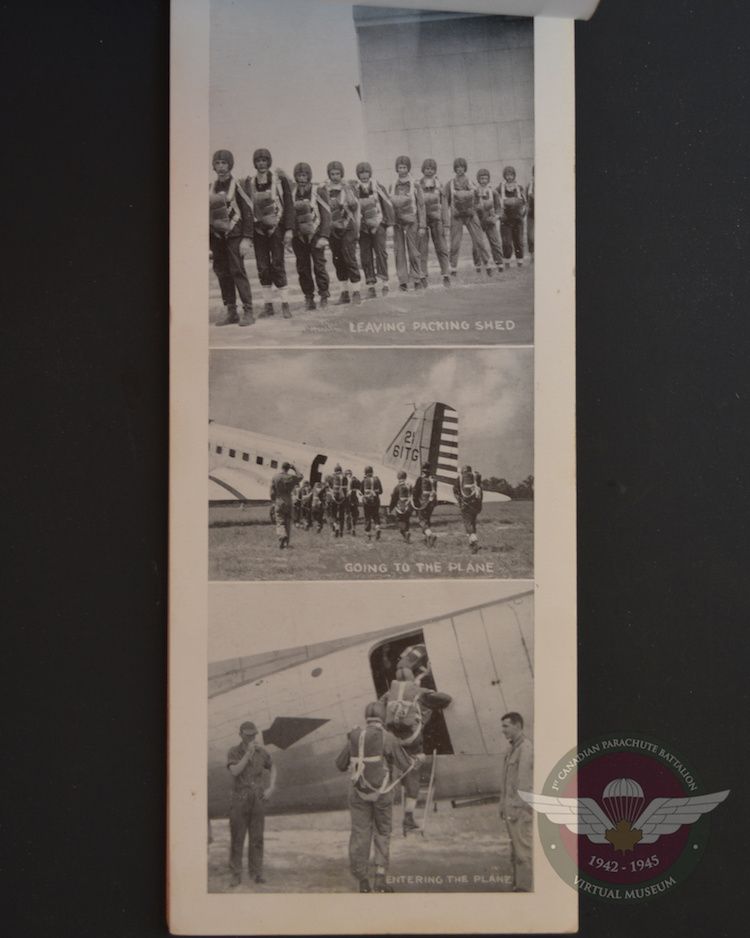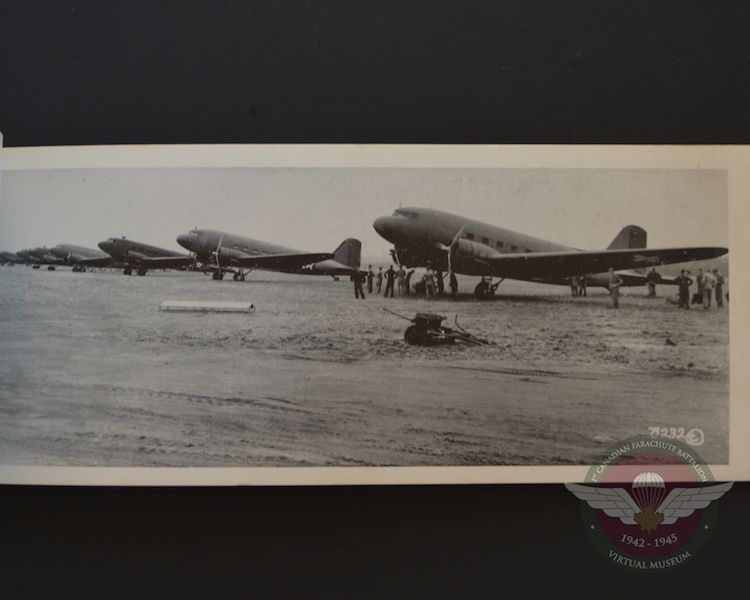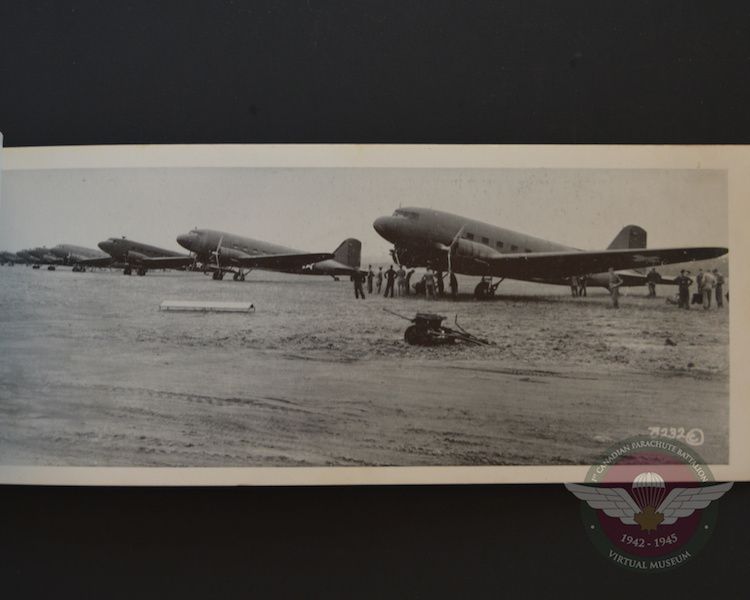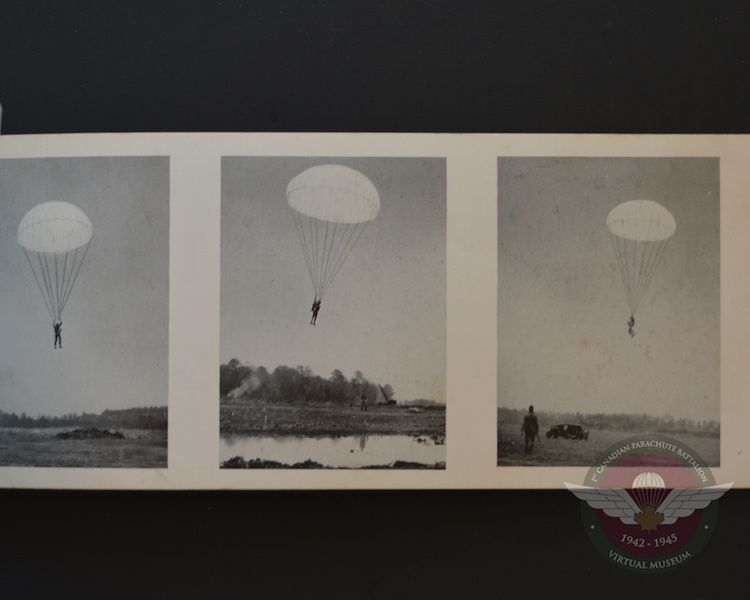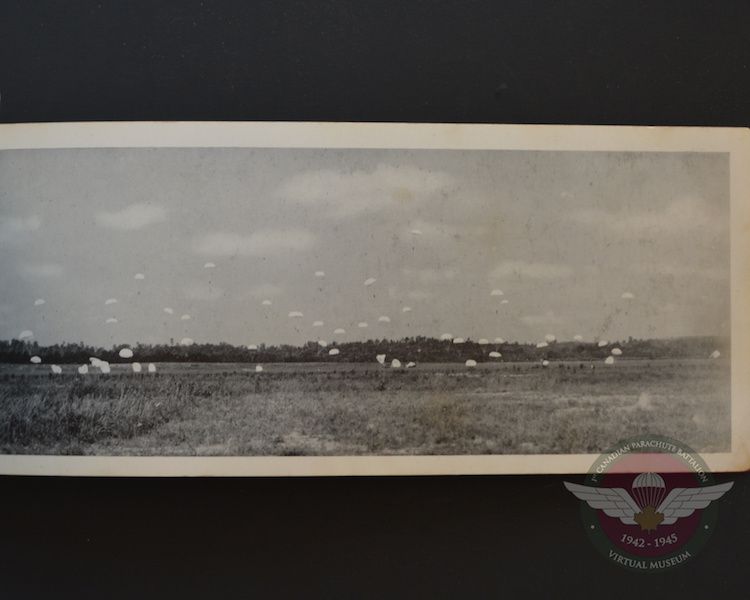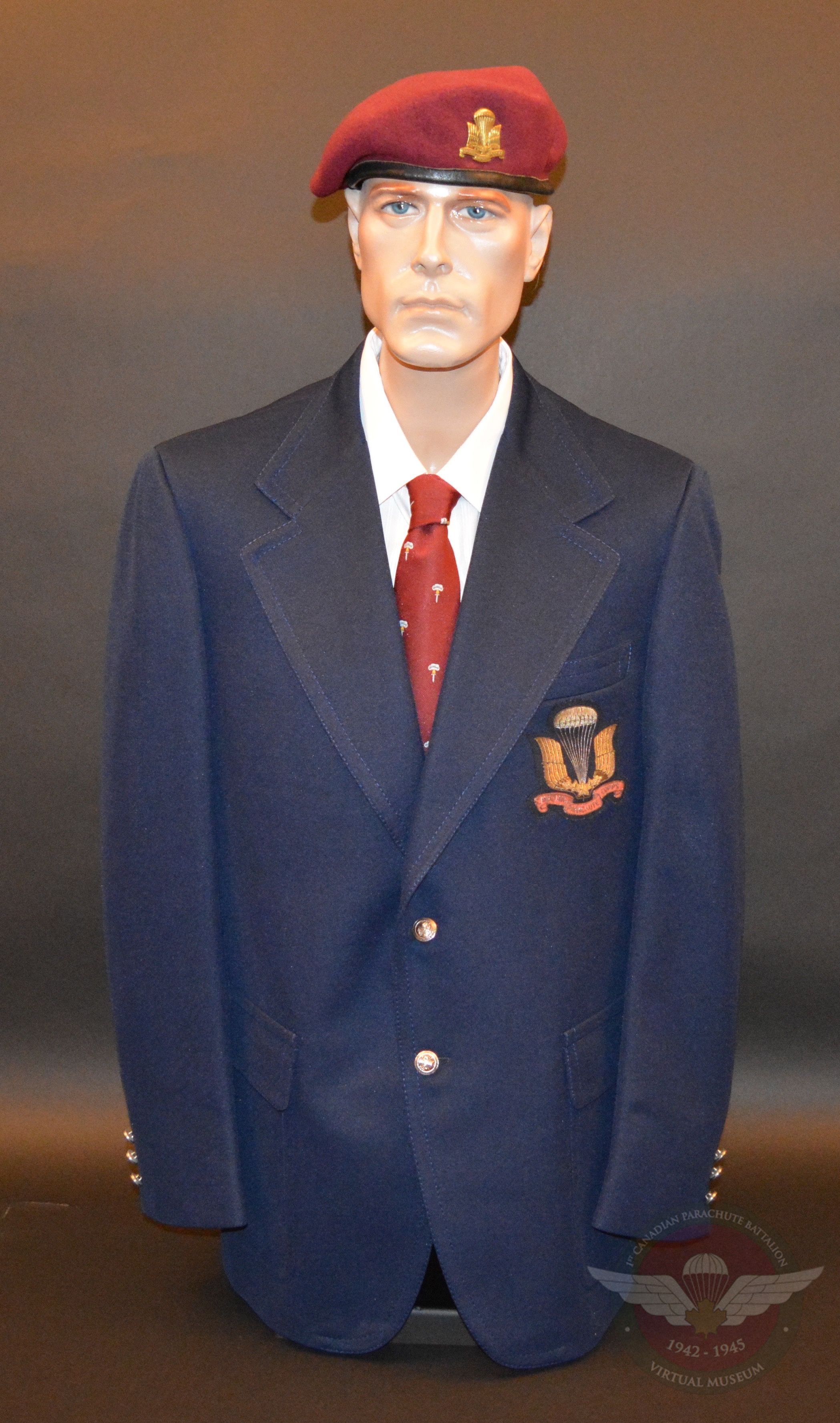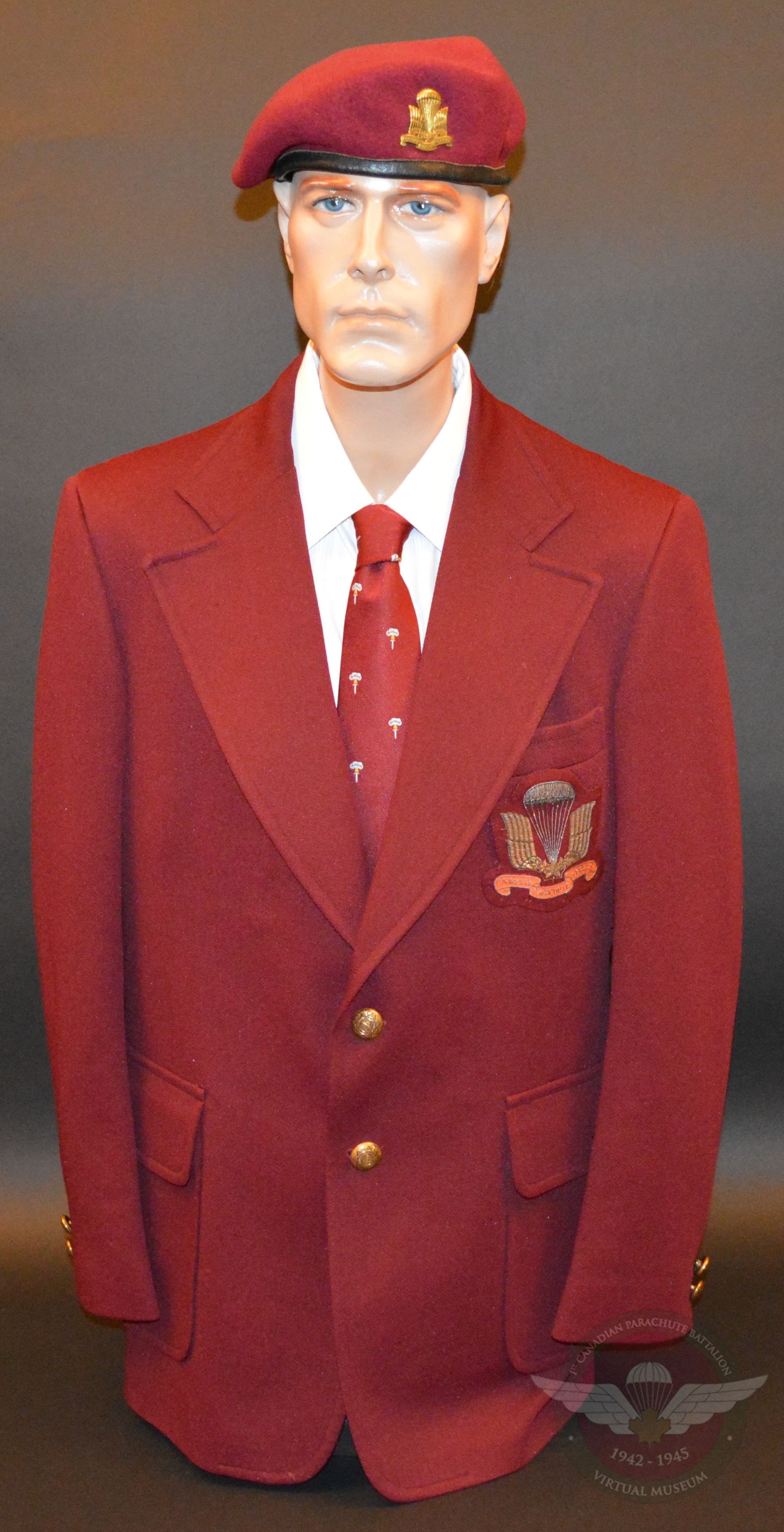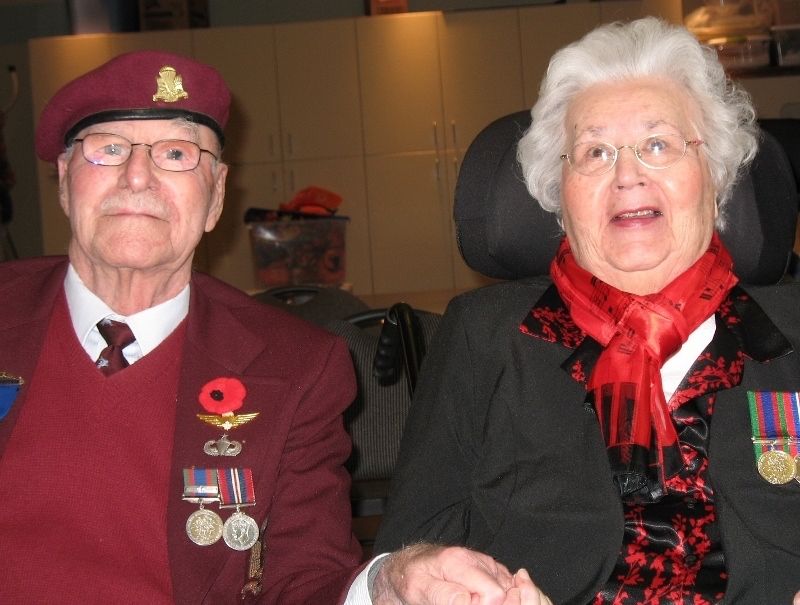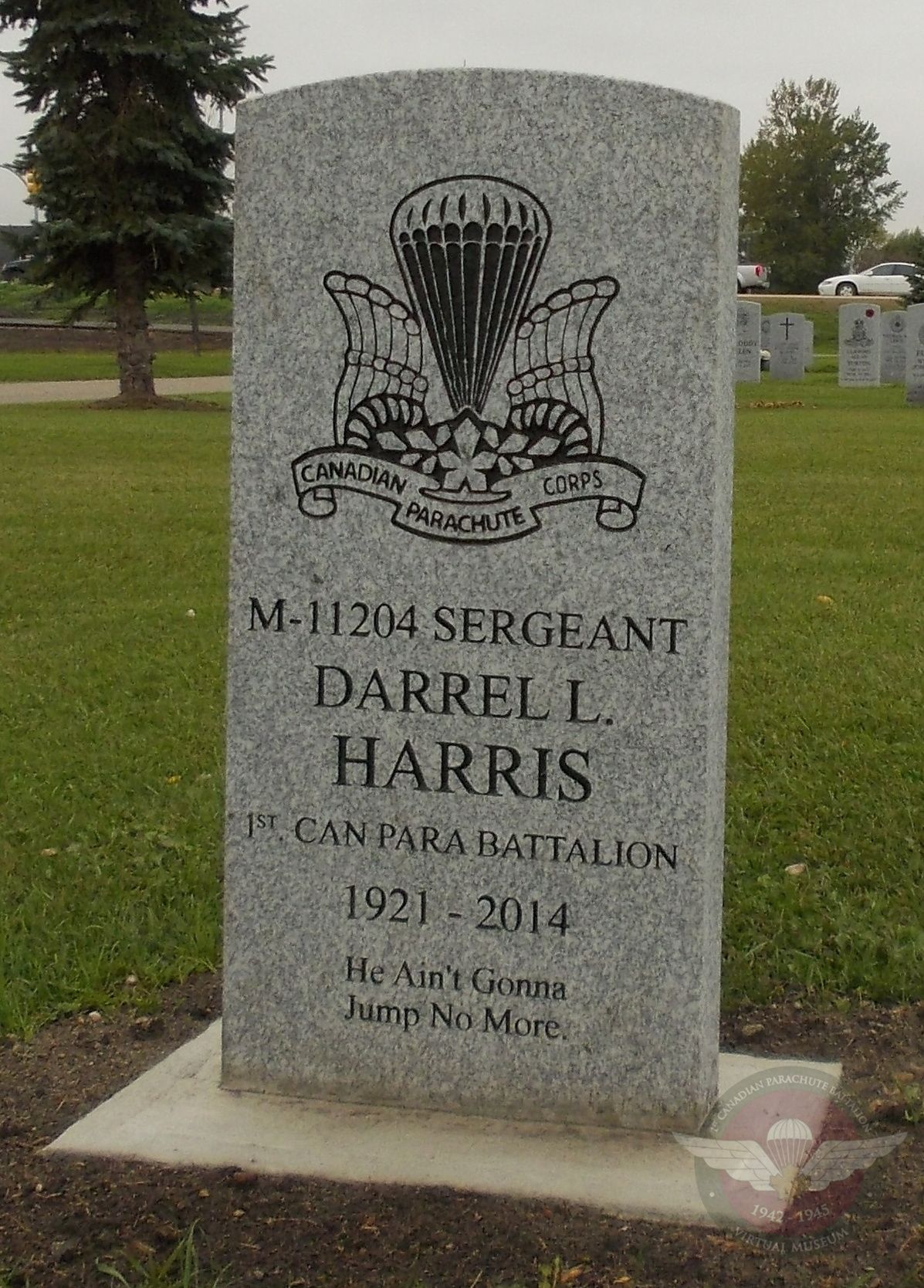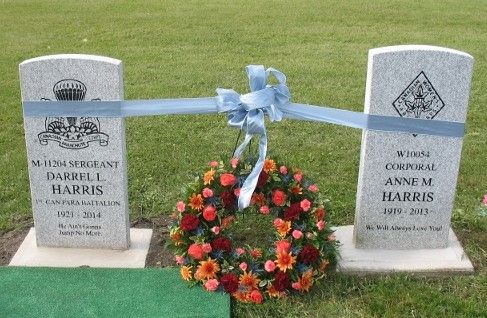Sergeant Darrel L. Harris
Sgt. Harris was born on October 29, 1921 in Cardston, Alberta. He was the eldest of four boys and three girls who were raised in a tiny house in Magrath during the depression.
On September 10, 1939, Canada declared war on Germany and 13 days later Harris presented himself at the recruiting office in Calgary where he received his attestation papers to join the Army. He was quite pleased to learn he would be paid the sum of $1.30 per diem. The uniforms issued at that time were from the Great War period of 1914 - 1918 and Harris’s first set of army boots were second-hand. It didn’t take him long to wear them out, requiring a new set. During basic training, he received a Ross Rifle, also from WWI. Advance training took place at Camrose, Alberta.
In 1941, Harris was sent to Woodstock, Ontario to the Advanced Driving and Maintenance School. After the course, he was posted to the Armoured Corps at Camp Borden in Ontario. Once posted, he quickly became a Staff Instructor at the Driving School. After 18 months of instructing driving courses, Harris was eager to see action overseas. It was during this time that he heard about a new outfit called the Parachute Corps which was looking for volunteers. He requested a transfer to this new unit however the Commanding Officer of the Driving School declined his request due to the school being very short-staffed on Instructors.
Two days later, following several more requests, permission was reluctantly granted for his transfer. Harris, along with many other volunteers from across the country, arrived in Ottawa to begin a battery of suitability testing such as physical fitness, obstacles course work and many lectures about the Parachute Corps. All candidates went through a stringent medical exam, including meeting with psychiatrists. The final selection was made and Harris was fortunate enough to be one of the first 27 men chosen for Parachute Training at Fort Benning, Georgia, U.S.A.
The Minister of National Defense, Colonel J.L. Ralston shook all the candidates’ hands and congratulated them for being the first group selected. This was the moment when the trainees found out that they would become the Instructor Cadre that would train the entire battalion of paratroopers. Colonel Ralston wished them luck with their course. Harris and the others had mixed feelings about this news. They were excited they had been chosen to be the foundation of this new unit, however, all these men were looking for excitement and adventure overseas.
Unfortunately, tragedy struck during a Parachute Course training jump on September 7, 1942. Major Hilton David Proctor died as a result of a plane that had been following the jump accidentally severing his parachute lines. Major Proctor was the Commanding Officer designate for this new group that would form the 1st Canadian Parachute Battalion. Despite being devastated and numb with grief over the loss of Major Proctor, the remaining 26 candidates graduated from their Parachute Course on September 11, 1942. Their wings were pinned on by US Colonel George P. Howell, Commander, Infantry School Airborne Command.
Harris’s Instructor Cadre was then sent to establish the A-35 Parachute Training Centre at Shilo, Manitoba. As the high tower was not yet complete, their first tasks involved hard labour as diggers and builders. Before training in Canada could begin however, the men were sent back to Fort Benning, Georgia, U.S.A. in November to receive additional instruction. The Cadre returned to Shilo in March of 1943. By the time the First Canadian Parachute Battalion was disbanded after the war in 1945, the A-35 Parachute Training Centre in Shilo turned out 1,362 graduates.
While stationed in Shilo, Harris’s attention was caught by a lovely brunette named Anne Margaret Vergonet, also the eldest of 7 children. Anne was a Corporal in the Canadian Women’s Army Corps (CWAC) and worked in the A15 Infantry Training Centre pay office. She had joined the CWAC in October 1941 being one of the first to enlist in that unit. Harris knew he had found the woman he wanted to marry and took very little time in proposing. The two were married on April 3, 1943 during the most active and exciting times of the Training Centre’s history. They had three lovely children and spent the next 70 years by each other’s side. Both now deceased, their graves can be found in the Veterans’ Cemetery in Brandon, Manitoba just a few miles from where they met. They still remain by each other’s side.
Information and artifacts courtesy of Darrel, Anne and Margaret Harris
The very first class of 26 Canadians who graduated from Fort Benning Parachute School.
